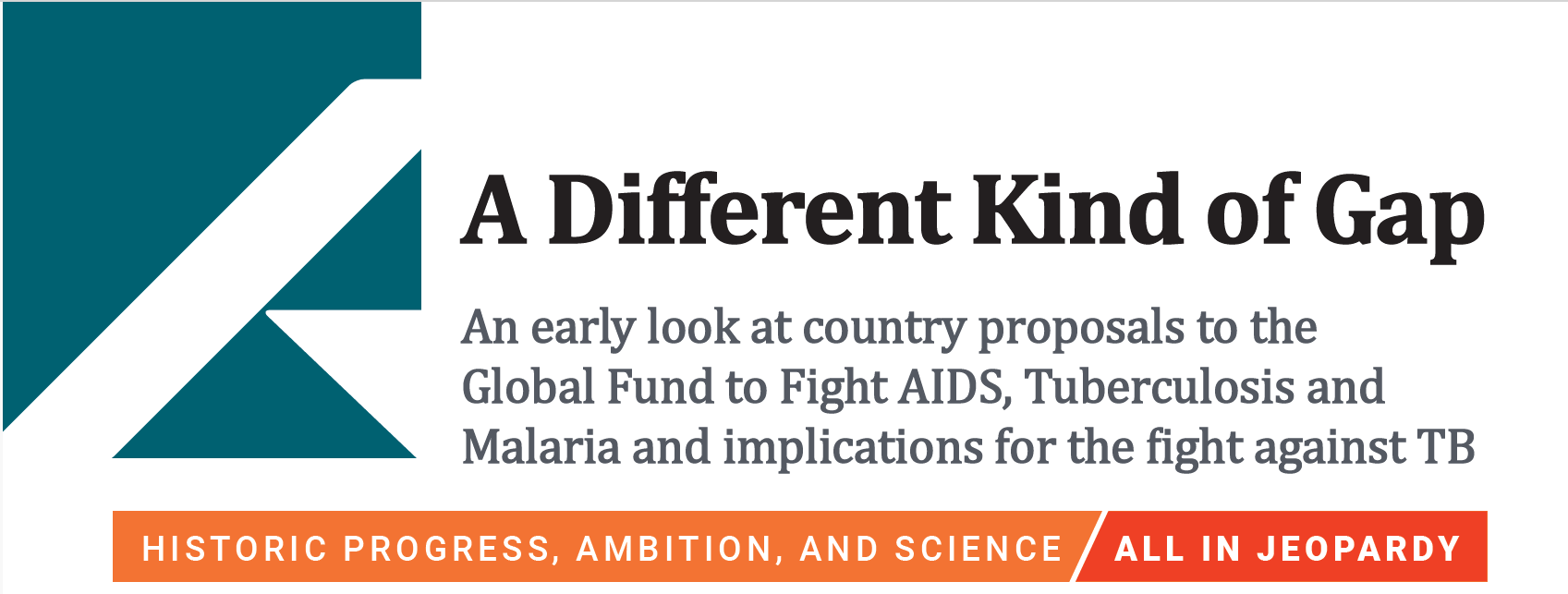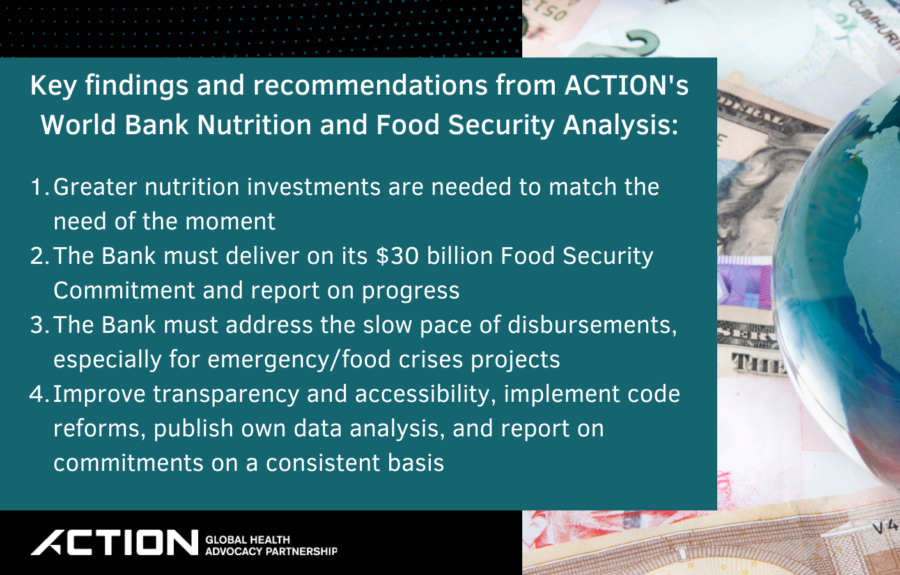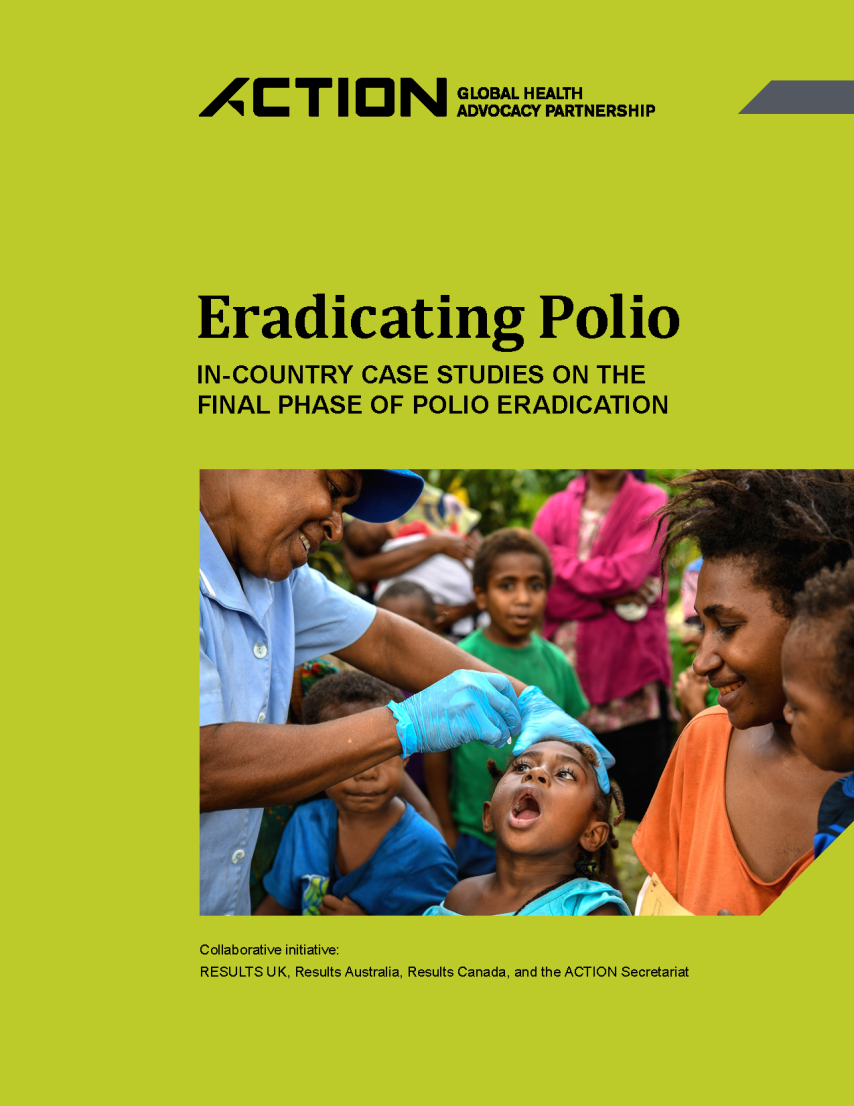This year’s World Health Assembly (WHA) saw several “firsts” in its more than seven decades history. For instance, it was the first assembly under the leadership of Director-General Dr. Tedros Adhanom Ghebreyesus who was elected in May 2017. It was also the first time that the WHA hosted a walk/run through the streets of Geneva; more than 4000 people, including Dr. Tedros, and champion long-distance runner Haile Gebrselassie took the Walk the Talk: Health for All Challenge, and demonstrated the benefits physical activity for public health.
The 71st was a landmark WHA, showcasing a major shift in how the World Health Organization (WHO) engages with civil society and how it approaches global health: namely seeking to advance individual systems of care (i.e., primary health, childbirth, surgery, and diagnostics) instead of just monitoring individual diseases.
Here are some key takeaways:
1. New WHO 5-year Strategic Plan
Delegates agreed on WHO’s Thirteenth general programme of work 2019-2023 (GPW 13). Designed to help the world achieve the Sustainable Development Goals (SDG) by focusing on SDG31 and committing to gender equality2, the GPW 13 sets three strategic priorities tied to ambitious goals. It “is issuing a clarion call” to ensure that by 2023:
- 1 billion more people benefit from universal health coverage (UHC),
- 1 billion more people are protected by health emergencies, and
- 1 billion more people enjoy better health & wellbeing.
2. Decisions on key agenda items were made in Committee A
- Polio transition: WHA delegates committed to continue providing technical assistance and resource mobilization support to countries engaged in polio transition. The plan will be a living document to be revised based on the development of the 2020-2021 Program Budget.
- Nutrition: Delegates unanimously renewed commitments to invest in and scale up nutrition policy development and program implementation to improve infant and young child feeding. WHO launched new report on the implementation of the Code of Marketing Breastmilk Substitutes
- Tuberculosis: Delegates agreed on a resolution urging the director-general, member states, and partners to continue supporting preparations for the UN High-Level Meeting on ending tuberculosis this September.
3. WHO and the World Bank launch the Global Preparedness Monitoring Board
The Monitoring Board will track emergency preparedness across national governments, UN agencies, civil society, and the private sector and work to keep these issues on the political agenda. It will report annually on the adequacy of financing and the strength of health crisis preparedness at the global, regional, and national levels.
4. WHO Business Case for Immunization in Africa
During the immunization technical briefing, WHO launched a business case for its immunization activities on the African continent. Improving access to immunization and tackling vaccine-preventable diseases require an acceleration of efforts.
5. WHO launches a UHC portal, the Global Health Observatory
The integrated UHC portal compiles data on coverage of essential health services and financial protection. This will greatly help monitor progress toward UHC through the UHC indicators and country profiles like never!
6. WHO and Member States committed!
For the first time in history, country leaders made commitments to strengthen their health systems with the #3pledges4UHC campaign. (Now, we await their publication!) In addition, WHO will reform its internship program, promising stipends by 2020 and that 50 percent of interns will represent developing countries by 2022.
7. Civil society WHO?
WHO’s CSO Task Team hosted an official side event in which member states, civil society, and WHO officials discussed how to enhance CSO engagement in pursuit of reaching the “triple billion” targets. To support the task team’s objectives, ACTION developed a guide to WHA engagement.
8. Nutrition and ECD were prominently positioned
The Scaling Up Nutrition (SUN) Hub offered delegates a way to engage in candid conversation with nutrition experts to increase impact at the country level. Also, WHO launched a Framework on Nurturing Care for Early Childhood Development; it outlines how policies and services can support parents, families, other caregivers, and communities in providing nurturing care for young children.
9. Germany and partners launch a global AMR R&D initiative
The launch of Global AMR R&D Hub, coinciding with the WHA, signals an intensification of global cooperation in the fight against antimicrobial resistance (AMR). The Hub will provide more effective funding for R&D of new treatments and diagnostics and membership includes top donor markets and foundations.
10. Gender splendor: WHO gets real on gender equity in the global health workforce
The WHO hosted its first informal consultation on gender, led by Dr. Tedros’, advisor on gender and youth at WHO, Diah Satyani Saminarsih. The Gender Equity Hub, co-chaired by Women in Global Health and the WHO, also launched a consultative draft of their first report on addressing the gender dimensions of the social and health workforce. Provide feedback until June 29th.
1SDG3 is “ensuring healthy lives and promoting wellbeing for all at all ages by 2030.”
2 Pg. 31 http://apps.who.int/gb/ebwha/pdf_files/WHA71/A71_4-en.pdf?ua=1
Photo Credit: WHO/Laurent Cipriani






